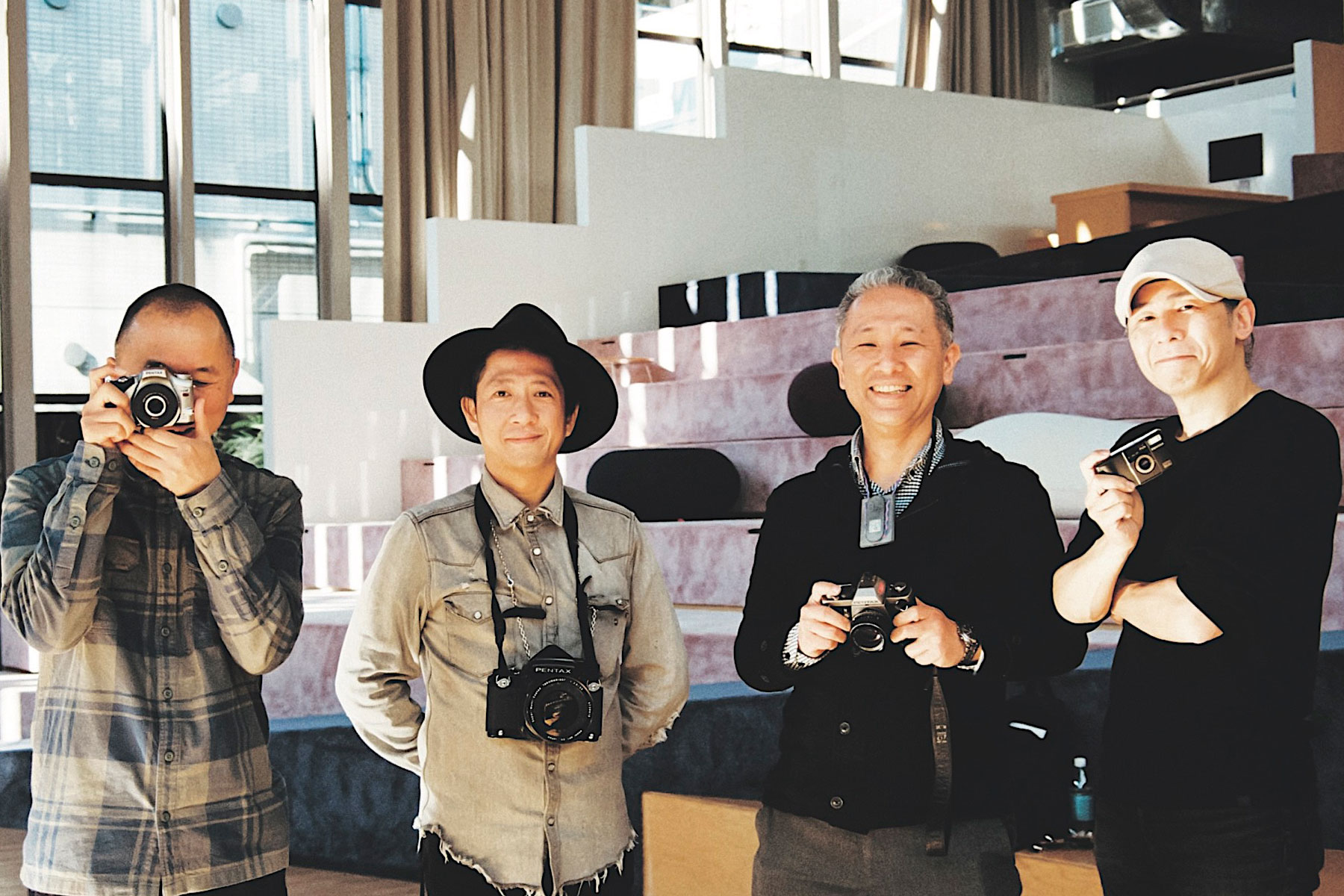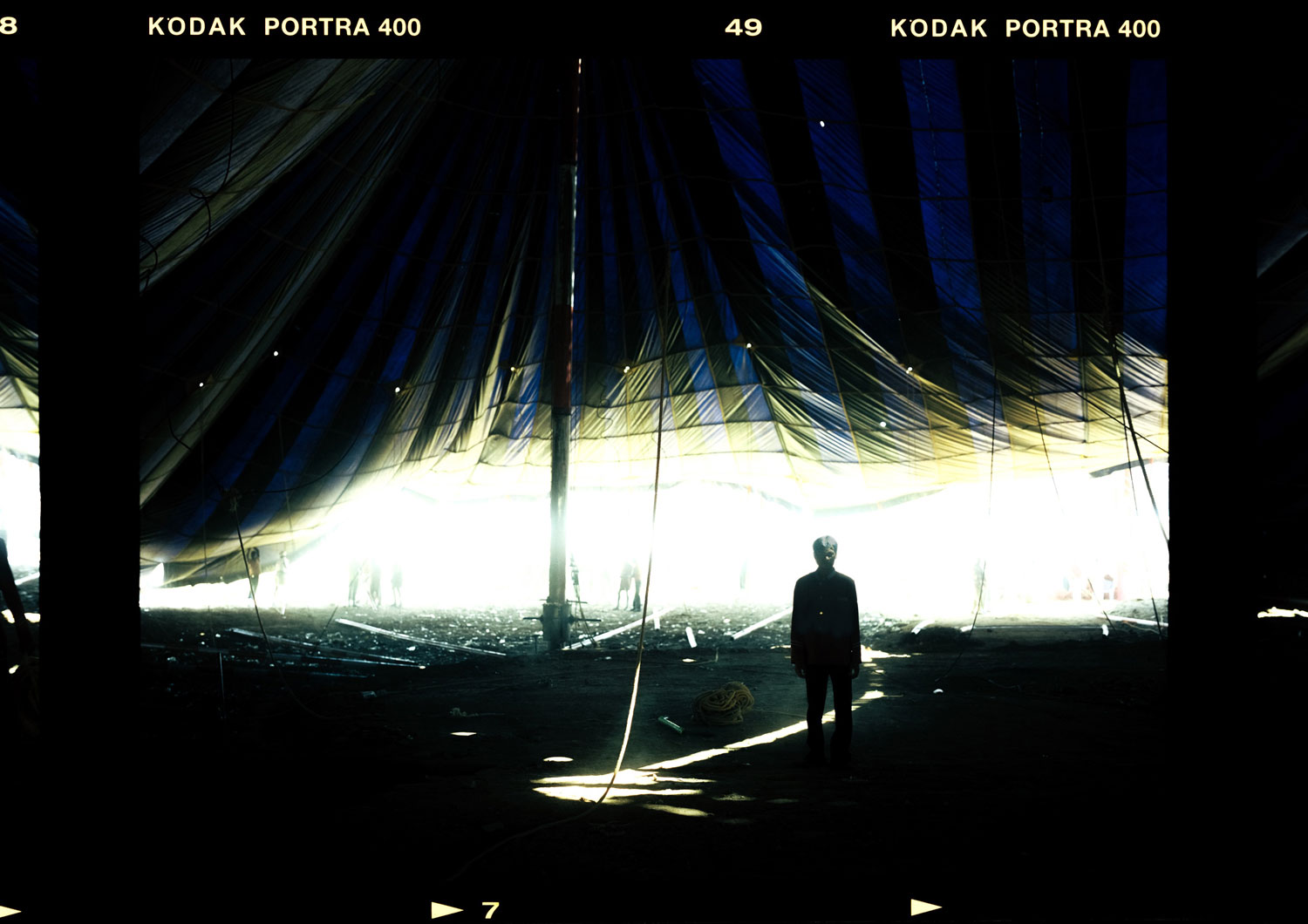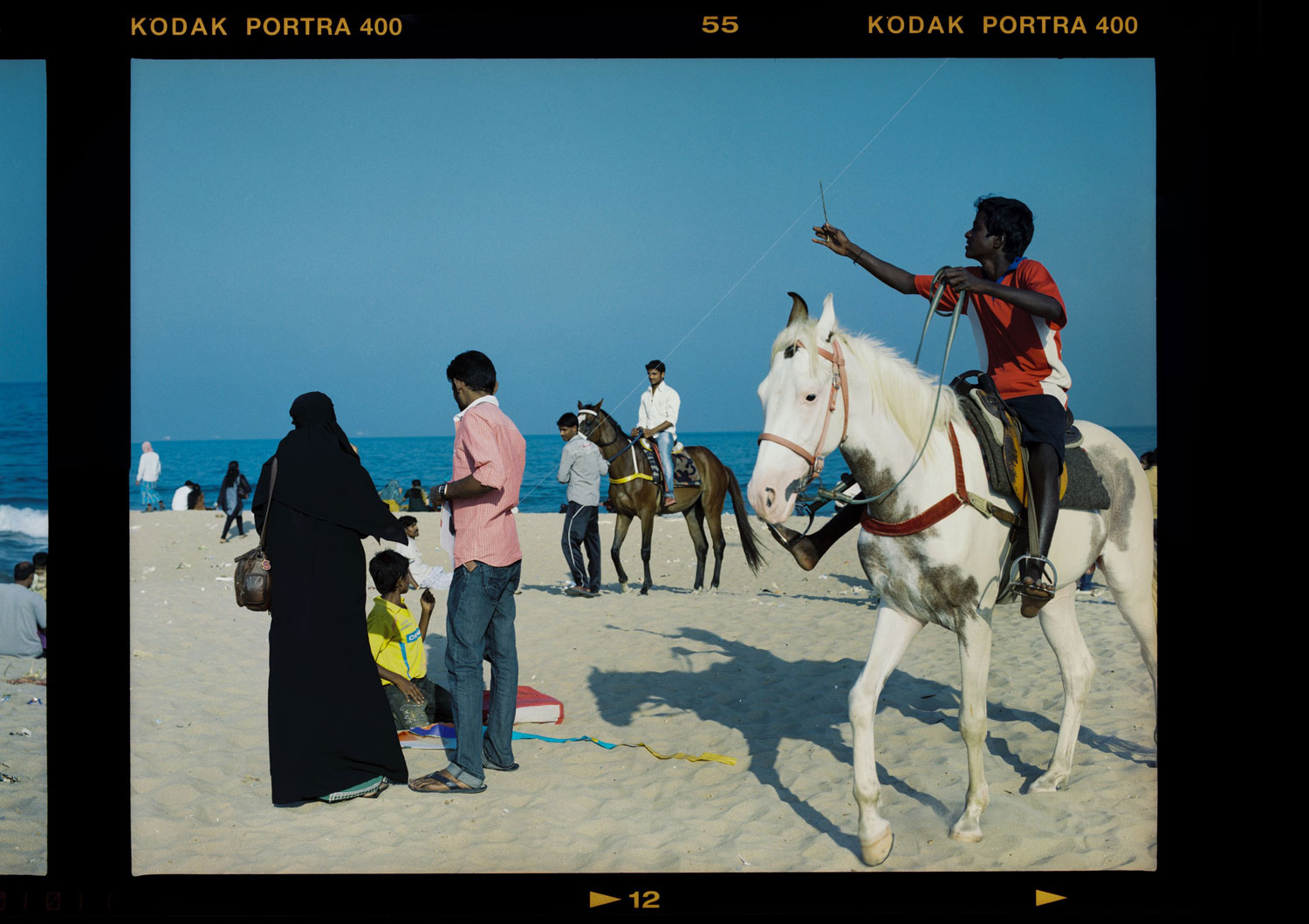FEATURE

Short series PENTAX Film Project Club House Diary vol. 1 Guest: Keisuke Nagoshi x Yasushi Nishimura (Prism Lab KICHIJOJI)
MAR. 17 2023, 12:03PM
Photography & Text / Akane Domae Translated by K-Square, Inc.
Suzuki: Although young people started spontaneously using film cameras from some years ago, there isn’t a proper environment set up for them. The main market for film cameras is the second-hand market, so prices are going up, and of course there is no warranty even if the camera malfunctions and needs to be repaired. And as you know, the price of film has also gone up, and the types of film and the places where they can be developed are decreasing. It’s a shame because young users are trying to have fun using them. So, when we think about what we can do, it comes down to making new cameras. We launched this project in the hope that the industry and environment would improve even a little if cameras could become more accessible. Since we still possess preserved materials that we have managed over the years, we are working to create reference data for designs by dropping old blueprint drawings into CAD (computer-aided design) and converting them to 3D, but there are many things that we cannot understand on our own. Therefore, although the engineers that worked on the cameras at the time of their development have retired, we are still receiving advice on the details of the development at that time. We believed that if we did not start passing on this technology to the next generation now, we would never be able to develop them in the future.

Nishimura: Personally, I had been thinking that the industry was really not thriving even though young people were showing interest in it, so when I heard this news, it really made me happy. Nowadays, there are communities specialized in photography, and SNS is developing as a tool for communication more than ever before, so I am hoping that people in the industry can use these more to visualize their reactions and reflect on them.
BARFOUT!: Mr. Nishimura, we heard that there are many young customers who come to your lab to have their film developed.
Nishimura: Yes, many of the customers are young people. In the past, the environment for learning about photography and getting together with friends to play around with photography seemed limited because you had to go to a photography school or class, or follow a teacher or study in a studio, but now it is more convenient because you can learn about how to use cameras and find many different examples on the Internet and through SNS. It seems that things have changed, with people who have never met before suddenly enjoying themselves at actual photo shoots and the like. I feel like I have been saved by the fact that film cameras have become more widespread among young people in addition to existing film users, because people hashtag the name of the store where they got their film developed on SNS, and people who see those hashtags send us their film by mail and tell others about the appeal of film and continue to use film cameras despite the hike in prices. The environment surrounding cameras is such that there aren’t any new cameras that are realistically affordable, and people are purchasing them either from stores that deal in used cameras or through auctions. However, at some auctions, the sole purpose is to resell cameras regardless of their operational status, and there are examples of people who buy broken cameras for tens of thousands of yen and then sell them for even higher prices, claiming that they have “not been tested for operation”. In order to change this situation and enable today’s younger generation to enjoy film cameras in a healthy way, we wanted to speak up and offer our own efforts, but we also wanted the industry and companies to lend us a helping hand as well. So, I hope that by showing the process of this project like this, everyone will get excited about it and it will become more widespread, and I hope I can cooperate as well.
Suzuki: I’m very thankful. When I first presented this project in the company’s conference room, everyone froze (laughs). There are many people who are saddened by the state of the world of film now. As I was conveying these things using a PowerPoint presentation with about 100 pages, people like (looking to the side) Mr. Iikawa began to join in and it felt like we could actually pull it off, and eventually the top management became involved as well. President Noboru Akabane had always habitually said that he wanted PENTAX to become a cute brand that people could look at and say, “look at them, they’re doing something crazy again, but I guess that’s just what they do.”

Nagoshi: Listening to what you just said, I was thinking — For example, in my case, I often travel overseas to remote areas, and because the children in the slums have become accustomed to digital technology, they ask me to check the photos on the spot after I take them. Well, I don’t show it to them (laughs), but when I go to see them later, I show them the printouts, and they recall their thoughts like, “Oh, that’s what it was like back then,” and we are able to expand our communication. I’m originally a kind of person who can’t approach a subject without a camera, and even with my camera I can barely communicate with people, so that’s one reason I do photography. Hearing now about the enthusiasm and thoughts of those involved in the development, I knew that communication would continue to grow. For example, if I were to publish a photo collection, I would talk endlessly with the designer about what we should do and what not to do while looking at the developed photos, and we would receive support from various people, such as Mr. Nishimura, who we would ask to adjust the colors and so on. With digital photography, in the extreme case, every process up to the output could be done by one person. And since the people in the lab are the ones who see all the photos, both the failed ones and the successful ones, from the photographer’s point of view, the fact that I am showing them something in a completely naked state creates a level of trust with them that I have not seen in others.

Nishimura: But since we ourselves can’t put too much of our personal feelings into the person’s photos… When I lent a camera to Mr. Nagoshi before, I told him that I would test it out and developed the photos he took, and they were completely different, even though they were taken with the same camera. I think the interesting thing about a film camera is that the photographer’s thoughts can be etched into the photos.
Iikawa: I develop lenses, so I do some actual shooting myself, but when I first shot with large format film (6×7), I was impressed by what I could not see at all with a 135 format (a type of film). I thought to myself, “these streaks of lights can be captured so beautifully?” and experienced the sensation of being able to see things that weren’t visible to the naked eye. It’s really interesting because there are quirks unique to each particular lens that cannot be described by f-numbers and focal lengths.
BARFOUT!: What kind of camera would you like to have?
Nagoshi: I’d like a camera that is lightweight and sturdy, something that can take as many pictures as possible. I would also like a camera that won’t break even if I take it to a volcano and won’t be stolen by robbers (laughs). However, I think it would be okay if some of the inconvenience remained. I don’t like cameras that you just have to press a button, so I can take multiple exposures and panoramas while still being able to set the exposure properly. It’d also be nice to be able to do some light continuous shooting (laughs).
Suzuki: I see. However, from the start, we never thought that we would make efforts to recreate one of our products, or something modeled after one of our great cameras from the past. First of all, we want to help young users enjoy them, so I think something compact is the way to go. However, as Mr. Nagoshi said, it is not the same as setting everything to auto and saying, “Just press a button and you will get a beautiful shot.” With that said, we are considering a brand-new, manual winding camera.
Nishimura: What? Compact but manual winding?
Nagoshi: That’s amazing!
Suzuki: Developing a manual winding camera is really hard work, and it is sometimes easier to make a camera with a motor and automatic winding, but the act of winding a camera manually is a special act that is unique to film. And that is something we want young people to experience as well.



Information of PENTAX
Film Project / PENTAX | RICOH IMAGING (ricoh-imaging.co.jp)
Information on Keisuke Nagoshi
The film “Familia,” inspired by the photo collection “Familia Homi Danchi” (photos by Keisuke Nagoshi, text by Makoto Fujino), is now in theaters.
Keisuke Nagoshi’s photo exhibition “Familia 0565” will be held at Kiyoyuki Kuwabara Accounting Gallery from April 12 to 29 (free admission).
Film Project / PENTAX | RICOH IMAGING
【WEB SITE】
ricoh-imaging.co.jp
【WEB SITE】
www.keisukenagoshi.com
【Instagram】
@keisuke_nagoshi
Information on Yasushi Nishimura
Manages <Prism Lab KICHIJOJI>, which handles film photo development, printing, data creation, and photo exhibitions.
【WEB SITE】
sun-prism.net
【Instagram】
@prismlabkichijoji




